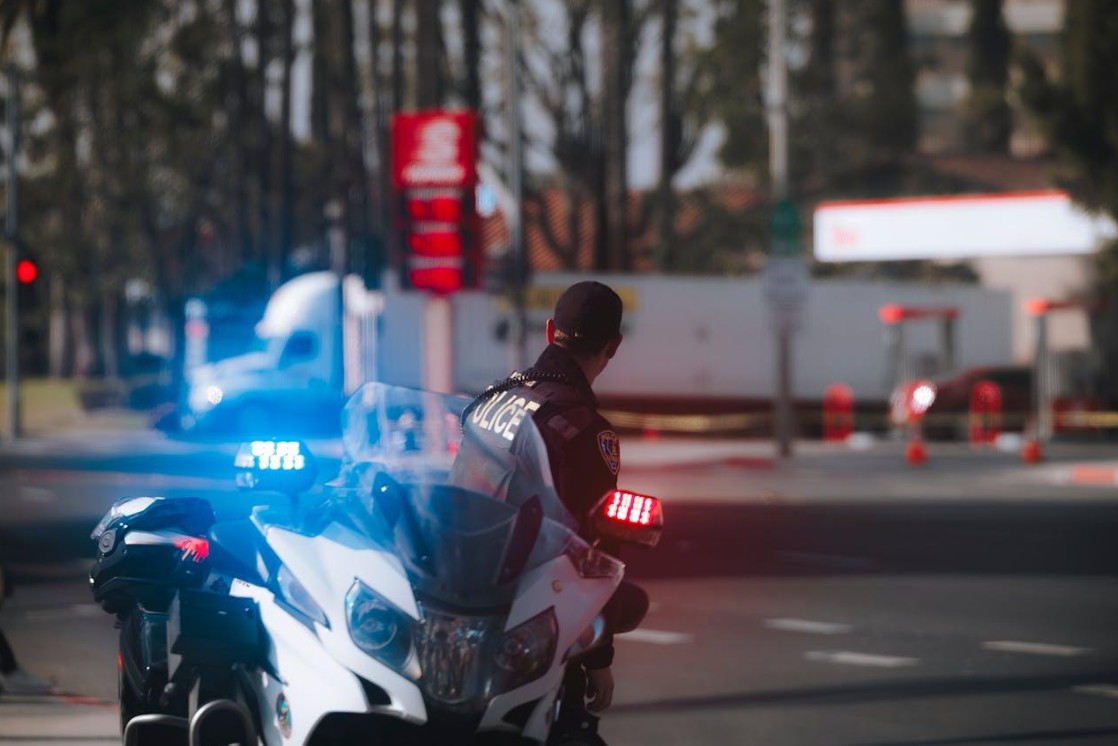
Getting into a car accident is stressful. But what you do right after matters a lot. If you plan to file an insurance or legal claim, how you document the scene is key. A clear record can protect your rights. It can also help with getting a fair payout. Whether it’s a small fender bender or a major crash, knowing how to gather the right information can make a big difference. Below are 5 unique, detailed tips to help guide the process step-by-step. Each one helps paint a full picture of what happened — and why it matters.
Secure the Scene Before Anything Else
First things first — make sure everyone is safe. Move your car to the side of the road if you can. Turn on hazard lights. Use cones or flares if you have them. Only get out of the car when it’s safe. If someone is hurt, call 911 right away. Don’t try to handle injuries by yourself. It’s also important to stay calm. Tempers may flare after a crash, but yelling won’t help. Your job is to stay focused and alert. A secure scene protects not just you but also helps emergency crews work better. It also keeps the area safe for other drivers. Once everything feels under control, you can start gathering information. But never rush. Safety always comes first.
Take Wide and Close-Up Photos of Everything
Photos can tell the story better than words. Use your phone to take pictures from all angles. Get wide shots of the scene, then zoom in on damage. Don’t forget things like skid marks, broken glass, or debris. Take photos of the other vehicle’s plate, too. If there are signs nearby — like stop signs or traffic lights — get those in the frame. Road conditions matter as well. If the pavement is wet or uneven, take a picture. The more photos, the better. They help show exactly what things looked like at that moment. Try to get them as soon as possible. Once cars are moved or the weather changes, the scene won’t look the same. Good pictures can help back up your version of what happened. And if there’s a legal issue later, those images may be vital.
Make a Detailed List of Everyone Involved
After the crash, gather names and contact details. Get the full name, phone number, and address of the other driver. Ask to see their driver’s license and jot down the number. Take note of the car’s make, model, color, and license plate. Write down the insurance company and policy number. If there are passengers in any car, get their names and numbers; don’t forget the witnesses. Anyone who saw the crash could help you with your case. Ask them for a brief statement and contact info. Even a simple note about what they saw can matter later. If police arrive, ask for the responding officer’s name and badge number. Every detail helps. These small facts can become key if there’s a dispute or legal issue down the line.
Write Down What Happened While It’s Still Fresh
Your memory is sharpest right after the crash. Take a few minutes to write down everything. Start with what led to the accident. What direction were you driving? How fast were you going? What did the other car do? Try to remember the weather, traffic, and time of day. Even little details — like if a turn signal was used — can help. Don’t guess or assume. Only write what you know for sure. If something feels unclear, note that too. This record will help if your story is ever questioned. And months later, when things aren’t fresh, it gives you a solid version to refer back to. It’s not just about memory. It’s about showing that you were careful and clear in your actions.
Understand How Reports Can Impact Your Claim
Every crash should be reported to local authorities, even if it seems minor. A police report adds an official layer to your record. In some states, these reports carry weight when deciding fault. For example, when filing claims in Arizona, accident documentation often includes state filed Arizona accident reports. These are made available to insurers, lawyers, and even court officials. They often include diagrams, witness accounts, and officer opinions. If you don’t get a copy on the spot, request one online or from the local department. These reports can either support your version or raise new questions. Always check the report for errors. If something seems off, correct it quickly. The more accurate it is, the stronger your claim will be.
Conclusion
A car accident can leave anyone feeling shaken. But having a clear plan for what to do next can ease the pressure. Documenting the crash in detail — from photos to written notes — helps protect your case. It’s not just about filing a claim. It’s about making sure the truth is told and backed up. The small things — like saving a receipt or noting a witness — can make a big difference later. By following each step with care, the path to recovery becomes easier, and your chances of a fair outcome grow stronger.